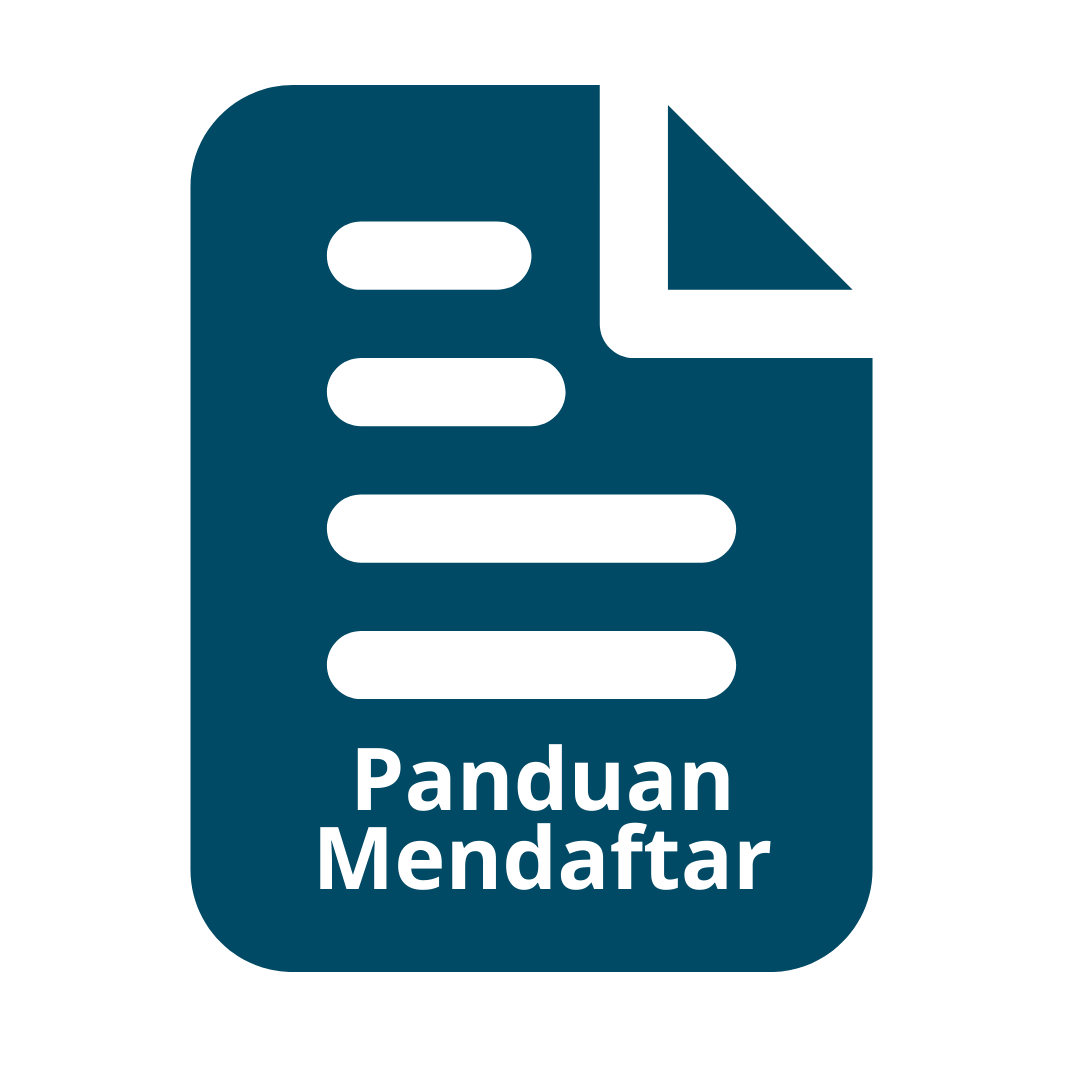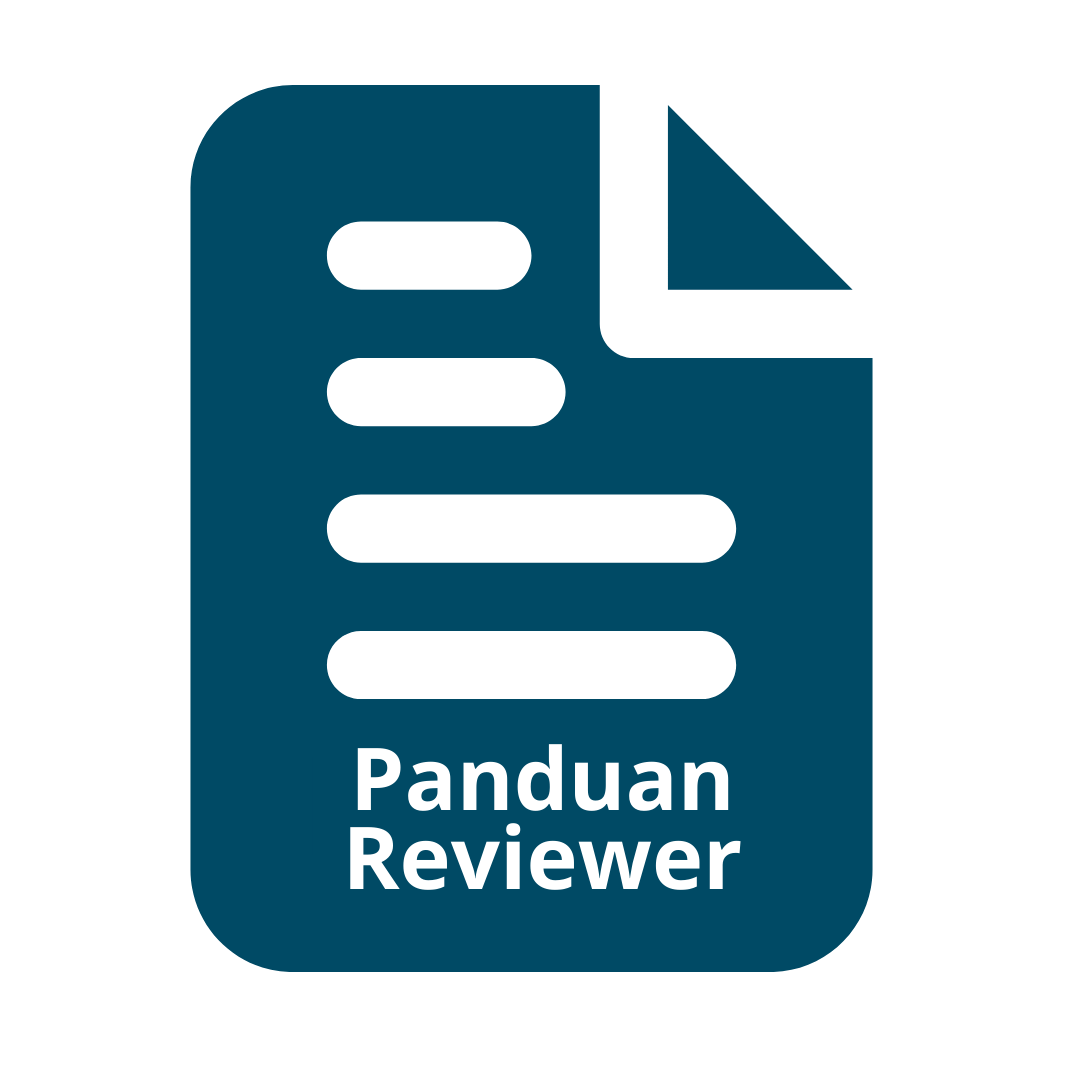Diseases and Pests Associated with Avocado Plantation Intercropping with Mango and Durian in Watulembu, Wonogiri
Abstract
One of strategic fruit commodities was avocado that had high economic value. Pest and diseases were main problems faced by farmers. This study identified diseases and pest associated with avocado plantation intercropping with mango and durian in Watulembu district, Wonogiri Regency through symptoms and its controls. The observation was done to the abnormalities avocado plants and the field condition surrounding the planting area. It was conducted by visual observation, recorded using a digital camera, and then described and identified based on their symptoms and a literature review. The results of our observation were Algal leaf spot, Anthracnose, Sooty mold, and Planococcus citri. Pest and plant disease could be controlled by cultural technique, avoid plant stress, and also using chemical pesticide.
Keywords
Full Text:
PDFReferences
Anonym. 2017. UC IPM Pest Management Guidelines - AVOCADO. https://ipm.ucanr.edu/agriculture/avocado/authors-and-credits/#gsc.tab=0
Anonymous (2007). Citrus mealybug. Center for Urban Ecology and Sustainability, University of Minnesota.
B.G. Defilippi, T. Ejsmentewicz, M.P. Covarrubias, O. Gudenschwager, R. CamposVargas, Changes in cell wall pectins and their relation to postharvest mesocarp softening of “Hass” avocados (Persea americana Mill.), Plant Physiol. Biochem. 128 (2018) 142–151.
Brooks, Fred & Rindi, Fabio & Suto, Yasuo & Ohtani, Shuji & Green, Mark. (2015). The Trentepohliales (Ulvophyceae, Chlorophyta): An Unusual Algal Order with a Novel Plant Pathogen-- Cephaleuros. Plant Disease. 99. 150304132039000. 10.1094/PDIS-01-15-0029-FE.
Callan, B. E., & Carris, L. M. (2004). Fungi on living plant substrata, including fruits. Biodiversity of fungi: inventory and monitoring methods, 105-126.
Correa-Pacheco, Z. N., Ventura-Aguilar, R. I., Zavaleta-Avejar, L., Barrera-Necha, L. L., Hernández-López, M., & Bautista-Baños, S. (2022). Anthracnose Disease Control and Postharvest Quality of Hass Avocado Stored in Biobased PLA/PBAT/Pine Essential Oil/Chitosan Active Packaging Nets. Plants, 11(17), 2278.
Coyotl-Pérez, W. A., Rubio-Rosas, E., Morales-Rabanales, Q. N., Ramírez-García, S. A., Pacheco-Hernández, Y., Pérez-España, V. H., ... & Villa-Ruano, N. (2022). Improving the shelf life of avocado fruit against Clonostachys rosea with chitosan hybrid films containing thyme essential oil. Polymers, 14(10), 2050.
DMPP, Distribution Maps of Plant Pests, doi:10.1079/DMPP/20066600043, (Map 43-), CABI International, Planococcus citri. [Distribution map]., (1999)
FAO, Major Tropical Fruits—Preliminary Results 2021, 2022.
FAO, Major Tropical Fruits—Preliminary Results 2022, 2023.
Gil, J. G. R., & Osorio, J. G. M. (2019). Polyphasic identification of preharvest pathologies and disorders in avocado cv. Hass. Agronomia Colombiana, 37(3), 213-227.
Gill, H. K., et al. Citrus Mealybug, Planococcus citri (Risso) (Insecta: Hemiptera: Pseudococcidae). EENY-537. Entomology and Nematology, Florida Cooperative Extension Service. University of Florida IFAS. Published 2012, revised 2013.
Griffiths JT, Thompson WL. 1957. Insects and mites found on Florida citrus. University of Florida Agricultural Experiment Station Bulletin 591: 30-33.
Guiry MD, Guiry GM. 2015. AlgaeBase. World-wide electronic publication, National University of Ireland, Galway. http://www.algaebase.org [access: November, 2015]
Jooste, A. E. C., & Zwane, Z. R. (2021). Avocado sunblotch viroid (ASBVd) symptom identification and detection in avocado orchards. South African Avocado Growers’ Asso‑ciation Yearbook, 44, 66-71.
Kerns D, Wright G, Loghry J. (2001). Citrus mealybug (Planococcus citri). College of Agriculture Cooperative Extension,University of Arizona
Kurlaender Azriel, Avocados, in: D.M. Barrett, L. Somogyi, H.S. Ramaswamy (Eds.), Processing Fruits: Science and Technology, second ed., CRC press, 2005, pp. 739–751.
L.J. Marais, Avocado diseases of major importance worldwide and their management, in: Diseases of Fruits and Vegetables: Volume II: Diagnosis and Management, Springer Netherlands, Dordrecht, 2004, pp. 1–36.
López-López, M. E., Del-Toro-Sánchez, C. L., Gutiérrez-Lomelí, M., Ochoa-Ascencio, S., Aguilar-López, J. A., Robles-García, M. A., ... & Guerrero-Medina, P. J. (2022). Isolation and characterization of Trichoderma spp. for antagonistic activity against avocado (Persea americana Mill) fruit pathogens. Horticulturae, 8(8), 714.
M.Y. Elhadi, Avocado, in: Crop Post-Harvest: Science and Technology Perishables, Blackwell Publishing Ltd, 2012, pp. 159–186.
Marais, Lawrence. (2007). Avocado Diseases of Major Importance Worldwide and their Management. 10.1007/1-4020-2607-2_1.
Mejiá-Cabrera, H. I., Flores, J. N., Sigueñas, J., Tuesta-Monteza, V., & Forero, M. G. (2020, August). Identification of Lasiodiplodia Theobromae in avocado trees through image processing and machine learning. In Applications of Digital Image Processing XLIII (Vol. 11510, pp. 572-580). SPIE.
Nel, D. D., & Kotzé, J. M. (1984). The role of tissue culture in the avocado plant improvement scheme. S. Afr. Avocado Growers' Assoc. Yearbook, 7, 25-26.
Osondu, H. A. A., Akinola, S. A., Shoko, T., Pillai, S. K., & Sivakumar, D. (2022). Coating properties, resistance response, molecular mechanisms and anthracnose decay reduction in green skin avocado fruit (‘Fuerte’) coated with chitosan hydrochloride loaded with functional compounds. Postharvest Biology and Technology, 186, 111812.
Sunpapao, Anurag. (2016). Algal leaf spot associated with Cephaleuros virescens (Trentepohliales, Ulvophyceae) on Nephelium lappaceum in Thailand. Biodiversitas, Journal of Biological Diversity. 17. 31-35. 10.13057/biodiv/d170105.
USDA, Avocados, Raw, California, 2019. Retrieved from, https://fdc.nal.usda.gov/ fdc-app.html#/food-details/171706/nutrients.
Vasconcelos, Camila & Muniz, Paulo & Duarte, Elizabeth & Oliveira, Thiago & Santos, Wanderson & Barboza, Maria & Rodrigues, Fabricio & Costa Carvalho, Daniel Diego. (2019). Morphological Characterization of Cephaleuros virescens Occurring in Mango Trees. Journal of Agricultural Science. 11. 156. 10.5539/jas.v11n11p156.
DOI: https://doi.org/10.31315/agrivet.v30i2.13049
DOI (PDF): https://doi.org/10.31315/agrivet.v30i2.13049.g6507
Refbacks
- There are currently no refbacks.
Indexed by:









